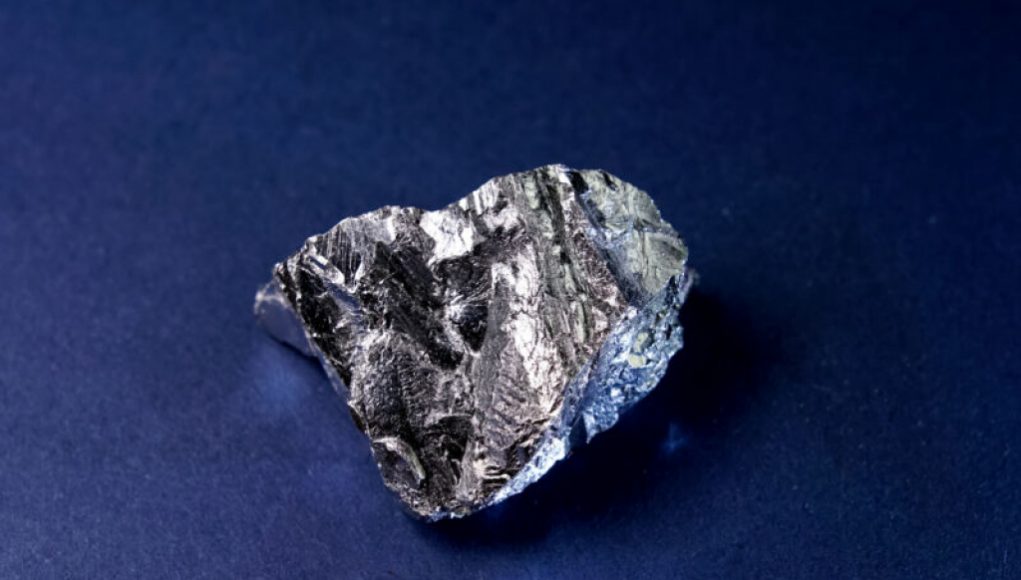The world of superconductivity is buzzing with news that a team of researchers from Nanjing University have attempted to replicate a groundbreaking paper that claimed to have discovered a compound that superconducts at room temperature and moderate pressures. The original research, which came from a lab that had an earlier paper on superconductivity retracted, has been met with skepticism and controversy. However, the Nanjing team has produced persuasive evidence that they’ve produced the same chemical, but they see no sign of superconductivity, even down to extremely low temperatures.
The work is part of a growing body of literature on metals complexed with hydrogen, which can form hydrogen-rich chemicals at ambient conditions. Added pressure can force additional hydrogen atoms into the structure, resulting in high-pressure compounds that have ingredients that are thought to favor the formation of Cooper pairs from the electrons, a key ingredient in superconductivity. A number of hydrogen-rich chemicals have been found to superconduct at over 200 K (-75° C) if the pressure is high enough.
In 2020, the lab run by Ranga Dias at the University of Rochester reported a carbon-hydrogen-sulfur compound formed at extreme pressures could superconduct at room temperature. However, the results were controversial, and the paper was retracted due to undocumented methods of obtaining some of the data underlying the paper. Despite this, Dias continued to claim that the superconductivity was present.
Despite Nature retracting one of Dias’ papers, the journal published another paper on superconductivity from his group. In this case, a lutetium-hydrogen chemical doped with nitrogen was reported to superconduct at room temperature but at much lower pressures, which could allow it to be tested with somewhat less specialized equipment. Given the history, the claim was greeted with an even higher degree of skepticism than the earlier paper.
Given the details in the paper, a group at Nanjing University attempted to form the same compound that reportedly superconducts. And all indications are that they have. Data taken using X-rays at room temperature indicates that the structure of their hydrogen-lutetium-nitrogen compound is very, very similar to the structure reported by Dias’ group. However, the chemical’s electrical resistance and magnetic behavior were measured, and it showed no sign of any transitions—all measurements with the chemical showed smooth curves instead of sharp drops.
This doesn’t definitively show that the initial report is wrong. The nitrogen is present in small quantities as a dopant and may not have a significant influence on the structural measurements done in this new report. The Nanjing team also indicates that it’s distributed a bit unevenly throughout the chemicals they tested, which might potentially explain the differences in the behavior of the chemical. The rapid publication of this report should put pressure on Dias’ group to cooperate to try to sort out any differences that might explain the lack of replication. The degree to which they cooperate will probably say a lot about where we can expect things to go next.
Scientists around the globe have been hard at work attempting to replicate the high-temperature superconductor recently discovered by Chinese scientists, but up to this point have seen no progress.
The high-temperature superconductor, which was uncovered by researchers at China’s Sun Yat-sen University in June, caused significant excitement in the scientific community due to its ability to conduct electricity without any resistance at temperatures higher than any previously known materials. This discovery was seen as a major breakthrough that opened the door to potential advances in quantum computing, clean energy and other fields.
Despite their best efforts, however, multiple research teams have been unable to reproduce this phenomenon. U.S. based researchers from Stanford University, Rice University, and the University of Houston have all tried to replicate the material in their respective facilities and subjected it to a range of different tests but have not been able to recreate the conditions necessary the occurrence of high-temperature superconductivity.
At the same time, Chinese scientists have been able to consistently recreate the effect in their own labs and have been able to optimize the material’s performance while substantially increasing its stability and durability. Despite these advancements, they have been unable to provide enough information or insight to other groups around the world to enable them to do the same.
At this point in time, the team of Chinese scientists still holds the monopoly on this technology and have not shared information with the scientific community at large. In order to facilitate progress, further collaboration between Chinese and other scientists, as well as increased transparency, will be needed.




















